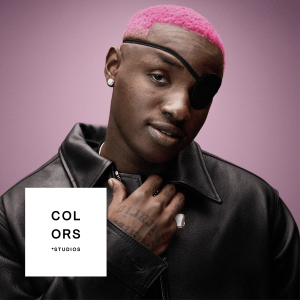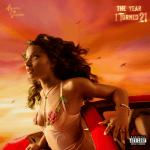YouTube began in 2005 as a platform for sharing personal clips, and today, it has become a global content juggernaut owned by Google, with over 2+ billion monthly logged-in users.
MP3 DOWNLOAD SONG
YouTube empowers content creators to earn substantial income through ad revenue, sponsorships, Super Chats, channel memberships, and Shorts bonuses when they build an audience and generate engagement.
YouTube’s new rules
1. No more “mass‑produced” content
2. Repetitive content
3. AI usage is under scrutiny
4. Reused content needs transformation
Footage from others, such as compilations, remixes, or reaction clips, must feature meaningful editing or critique, not just cropping, brand-new thumbnails, or filters.These updates go live on July 15, 2025, so content creators need to adjust. Channels still publishing low-effort mass or repetitive content risk demonetization, YPP removal, or even account suspension.
What’s not changing
- Subscriber and watch-time thresholds remain the same: 1,000 subscribers + 4,000 watch hours or 10 million Shorts views.
- Reaction, commentary, and clip-based channels are not banned, as long as creators add unique value.
- No sweeping bans on AI, the focus instead is on lazy or spammy use of AI tools.
What this means for creators
- Audit your content: Do any videos fall into mass-produced or repetitive categories?
- Add real value: Provide commentary, storytelling, tutorials, or editing that shows your voice and creativity.
- Use AI responsibly: If using AI tools, layer in your insights, voice work, or unique take to distinguish your content.
- React and remix smartly: Always go beyond raw reactions, offer critique, background context, or analysis.
- Prepare for manual review: YouTube may revisit older videos, not just new uploads.
YouTube’s new rules strengthen enforcement around originality and authenticity. The aim is not to stifle creativity, but to weed out low-effort, bulk-generated content that dilutes viewer experience.
For creators who invest in quality, creativity and genuine connection, this presents an opportunity for more visibility, less noise, and a clearer path to monetisation. But those relying on AI skimming or template-driven uploads may need to rethink their strategy or risk losing income and access.













 Share on WhatsApp
Share on WhatsApp
 Share on Twitter
Share on Twitter
 Share on Facebook
Share on Facebook

